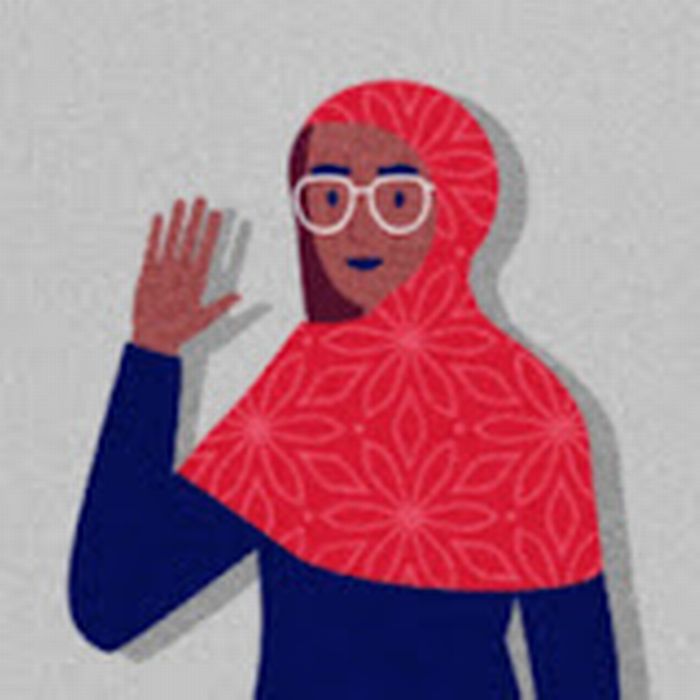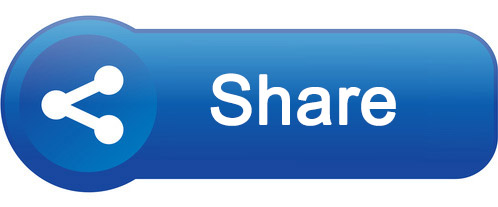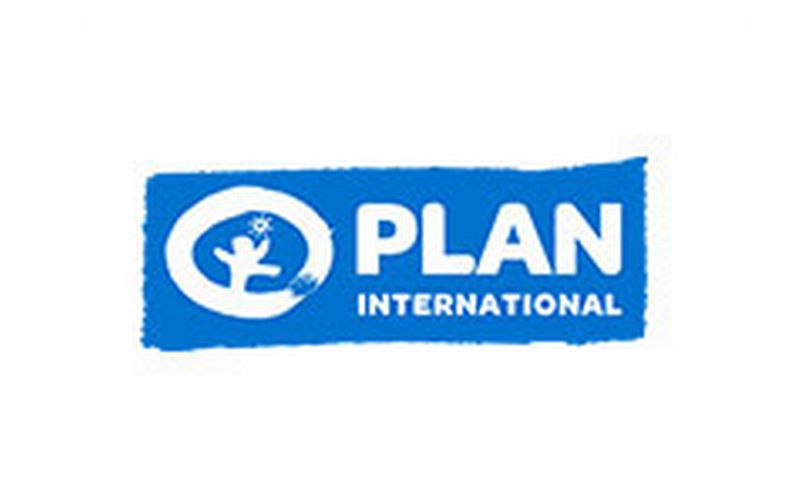International Justice and Rohingya – animated video series to understand the ongoing international justice and accountability mechanisms concerning the Rohingya!
- 27/07/2024


Watch this animated video series to understand the ongoing international justice and accountability mechanisms concerning the Rohingya! These videos provide simplified information on the ongoing cases before the different international courts and how the Rohingya can participate in these processes. They clarify any rumours or misinformation on what these international courts can achieve and by when, with the aim of managing the expectations of the community through clear and accurate information presented in an engaging animation format. The videos also share examples of other communities who have faced similar atrocities and their journeys to justice.
Video A: Introduces the meaning of international justice and defines Genocide and other international crimes
In this video, viewers are introduced to the concept of ‘international justice’ and what international justice can look like for the Rohingya. The video also then explains the three different types of serious international crimes – genocide, crimes against humanity and war crimes.
Video B: Introduction to ICC & ICJ
The video begins by explaining how the International Court of Justice (ICJ) was created and the focus of disputes before it. Then it shifts its attention to the International Criminal Court (ICC) as a court for international crimes and its scope and jurisdiction. The video then pointedly highlights the differences between the two courts, the difference in victim participation and who can be held responsible by these two courts.
Video C: ICC Victim Participation
The video presents how the ICC is currently in the investigations phase and therefore in the process of identifying ‘witnesses'. Potential witnesses are approached by the Office of the Prosecutor directly for interviews; however other victims can become ‘participants’ to the case. The video then introduces the Victim Participation and Reparations Section (VPRS) of the ICC and its functions. Finally, the video shares that victims also have the opportunity to make ‘victim submissions and the importance of victim participation in the proceedings before the ICC.
Video D: Summary of Legal Cases for the Rohingya
The video begins by introducing The Gambia v. Myanmar case before the ICJ, what relief The Gambia seeks and the expected outcomes from the case. Then the discussion moves to the ICC investigation and the limits to its jurisdiction as Myanmar is not a party to the Rome Statute. Third, the video introduces the principle of universal jurisdiction and the landmark proceedings in Argentina. Finally, the video mentions the Independent Investigative Mechanism for Myanmar (IIMM), describes its role (it is not a court) and how survivors and the Rohingya community can support the Mechanism.
Video E: How did others seek Justice?
The video first takes the example of ethnic cleansing of the Bosnian Muslims in former Yugoslavia and the cases that went before the International Criminal Tribunal for former Yugoslavia and ICJ. Next it shares the example of incidents in Darfur (Sudan) and the ongoing proceedings at the ICC. And finally, the incidents that occurred in Cambodia and how they were tried at the Extraordinary Chambers in the Courts of Cambodia. The video concludes on the theme that the duration of these proceedings can be very lengthy.
The video series has been developed with funding support from the European Union.




















